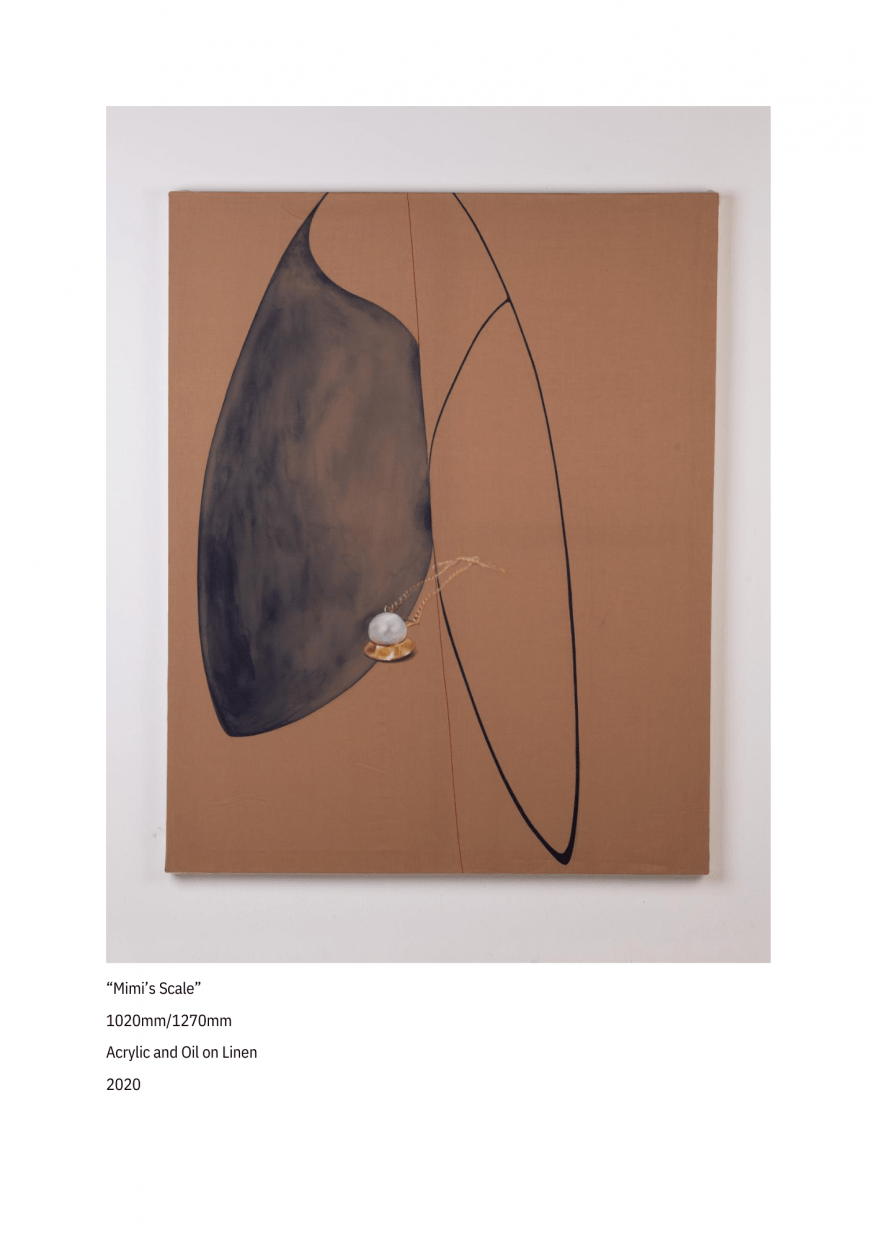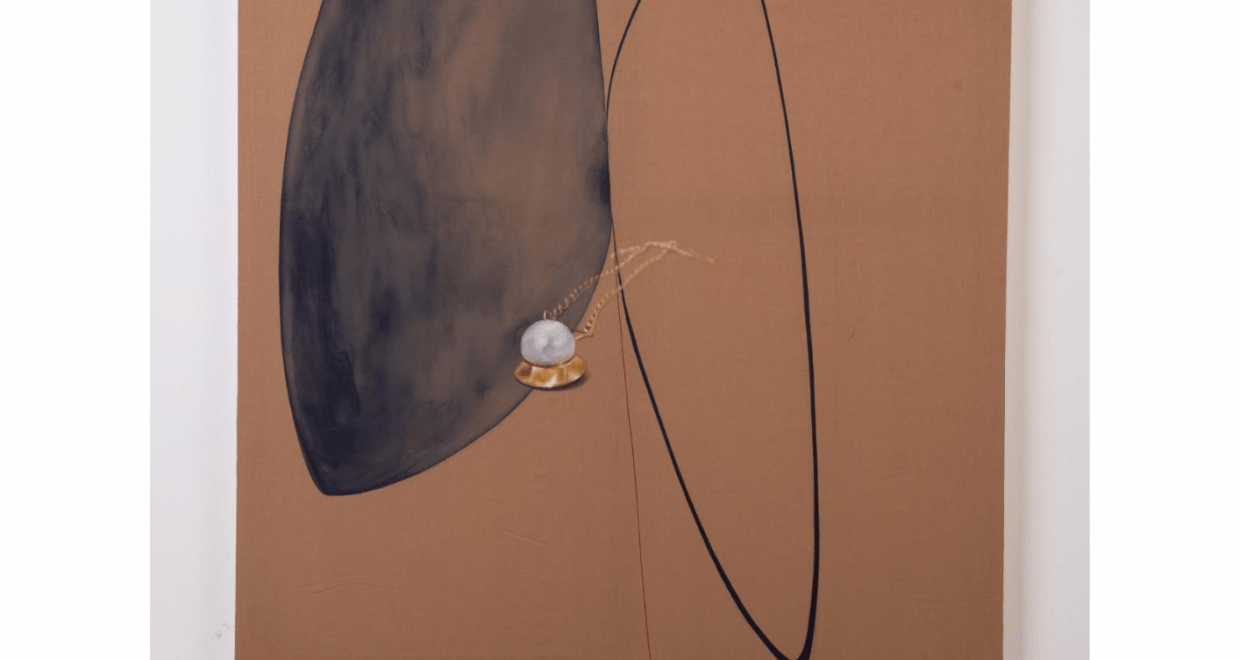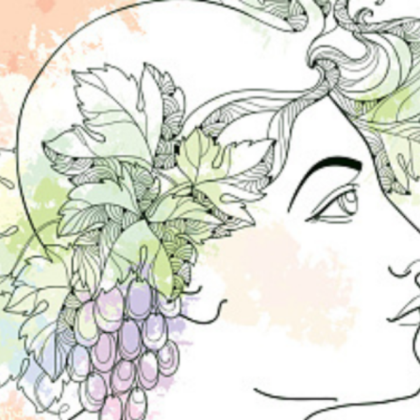GOOD ART IS (NOT) PRETTY ART
The October edition of Muses – the arts blog from BJPsych International – features a short blog by Motswana visual artist, Sedireng Mothibatsela, who writes about a crucial moment in her artistic development which coincides with her parent’s separation. It is a moving piece about how visual arts intersects with trauma and healing.

I can recall the afternoon that changed how I create. I was 12 years old and in my last year of primary school and the looming high school years ahead presented many questions about how I wanted to proceed with my art. I had painted a watercolour still life and I was bored with it. Although my art received praise from my family and peers, my handling of watercolour was juvenile at best. I needed more; technically and conceptually. It was then that I began to question the art making process. Like most young artists in primary school we were simply taught that “good art is pretty art.”
I had always retreated to making art whenever I needed a safe space to process the world. My parents were splitting up and there was a great deal of instability at home. I needed to understand my place in an environment which made me feel both loved and alone, and how to channel my feelings in a constructive way.
So, I drew.
I felt most confident with graphite, as it was the first medium I learnt to control. I began to deconstruct still lifes and thought of singular objects and what they represent. I produced a drawing of a ring, a rope, and a chain, which recurred in my sketches for a few years as I engaged with the “brokenness” of our family and how to find solace within myself. As a child, I did not trust the world. I did not believe that the answers to my peace of mind could be found outside of myself. My visual vocabulary came purely as a result of my desire to understand and navigate my own survival patterns.
I was accepted into Maryland Institute, College of Art when I was 17 years old and there I further interrogated the role of Symbolism and the materiality of painting in my visual storytelling. My education unlocked my understanding of conceptualisation, and I began to explore the makings of, why I am, more acutely through examining my mother. She became the subject of my undergraduate college thesis and personal investigation.
Through this journey of discovery, I have come to acknowledge the parts of myself which have remained that slightly reclusive 12-year-old who was processing divorce, to a young adult who was traversing the turbulence of growth, and finally to the artist I am today who uses memory and repositories of sentimentality and repeated thought patterns to trace her own healing. Making Art keeps me honest, and has moved on from being a tool of survival to being one of healing and a reverence to my personal history.
Since the age of 12, I have explored Abstraction and Realism interchangeably, using Symbolism and colour theory to communicate emotional journeys in a plight to find solace. I intuitively navigate between these genres of Art to better communicate who I am and how I am constantly evolving.
Welcome to Muses – the arts blog from BJPsych International. Launched in March 2022, this new blog aims to highlight international art and artists, particularly from low-and-middle-income countries, with a focus on mental health. We welcome submissions for consideration, such as, comments on artwork, visual arts, literature, drama, films, podcasts, and videos. Do have a look at the instructions for blog authors for details on how to submit. General enquiries about the blog: BJPInternational@rcpsych.ac.uk.
Professor David Skuse, Editor-in-Chief, BJPsych International







What a journey! Thank you for the meaningful content.
We have created a meeting place in the archipelago at Bjoholmen, Norway, where tourists, cabin owners, and locals can experience contemporary art. Many were pleasantly surprised to find contemporary art in such unexpected surroundings, while some were more reserved. In the latter cases, we have encouraged discussions about contemporary art in a non-intrusive manner. https://www.kunstgunst.net/wordpress/art-quiz-works-from-the-collection/